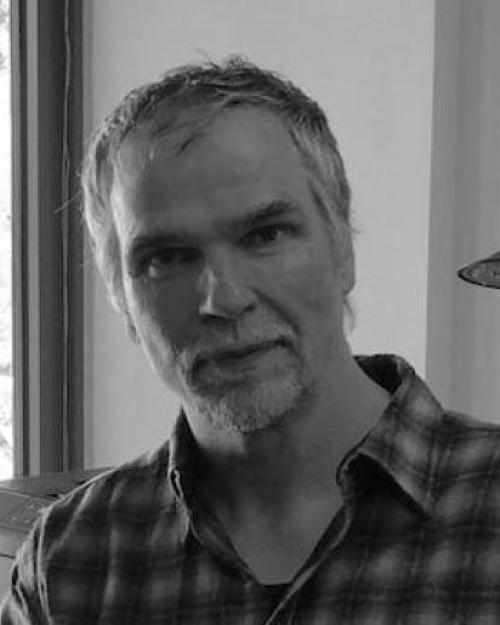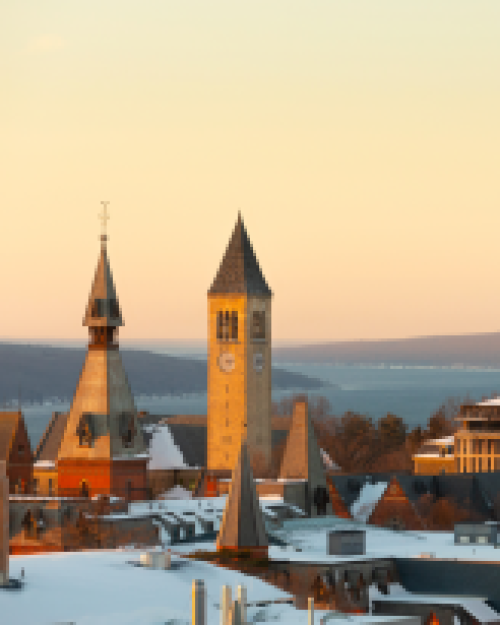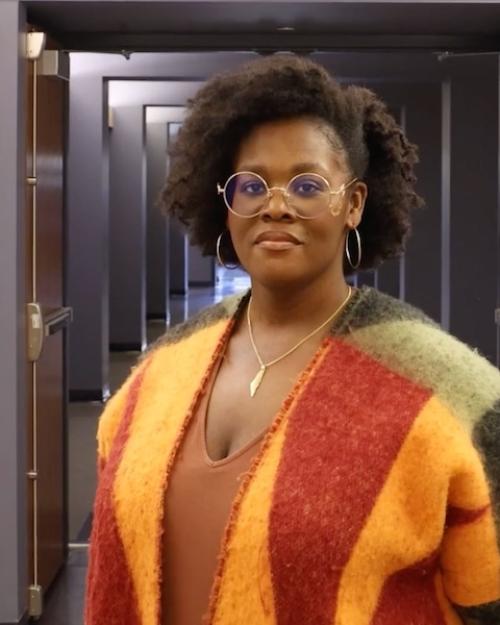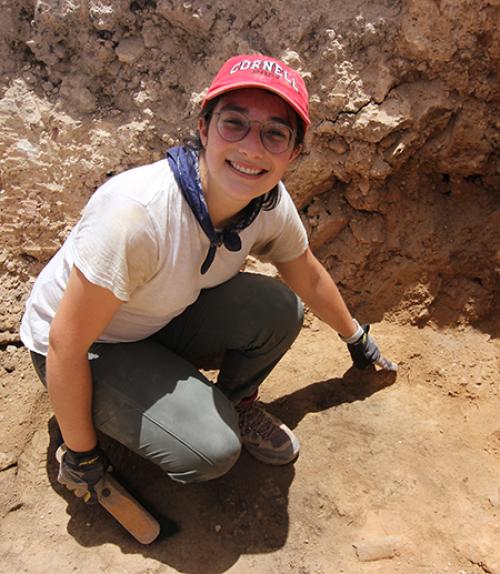Her summer internship at the Smithsonian’s Center for Folklife and Cultural Heritage is allowing Harper Tooch ’21 to combine her interests in anthropology, archaeology and art history to study the culture of Armenia.
“Last spring, I took two courses on global heritage with Sabrina Papazian (a CIVIC postdoctoral associate in critical heritage studies), then went to her office hours and discovered that a lot of our interests aligned,” Tooch said. “She told me she thought I should apply to the Smithsonian for an internship. I really didn’t think anything would come of it because things were so crazy (with the pandemic).
“I have always wanted to work at the Smithsonian. It’s like a dream. When I was in the fifth grade, I told my mom and dad I was going to become Indiana Jones.”
Luckily for Tooch, Papazian had already secured a summer fellowship at the Smithsonian, so Tooch signed on as her intern. Tooch is spending her summer studying the impacts of the 2018 Smithsonian Folklife Festival program, Armenia: Creating Home, on people’s understanding of Armenia and its culture.
The Smithsonian Folklife Festival began in 1967 and is held annually on the National Mall in Washington, D.C., to celebrate the power of culture, creativity, and community. The theme for the 2020 Festival, cultural knowledge and the environment, was to feature the United Arab Emirates, Northeast Brazil, the U.S. Department of Energy Solar Decathlon, and the Smithsonian Conservation Commons, but was held virtually because of the pandemic.
The Smithsonian’s website describes the festival’s mission in this way: “Through research, curation, live programs and digital storytelling, the Festival communicates an unwavering commitment to representing diverse cultures as a positive force for cultural equity, inclusivity, and the common good.”
“The festivals showcase culture, food and stories,” Tooch said. “People can come, interact with the culture and learn about a new place in the world, plus they help promote tourism to different countries.”
Tooch is helping Papazian explore the impacts of the 2018 Festival by conducting research interviews on Zoom, as well as researching materials in the Smithsonian archives. She’s particularly interested in Armenians who now live in the United States and the process of translating their culture to a new country. Many of her interviewees end up talking about food and its impact on their memories of culture, Tooch said.
Along with her individual research, Tooch takes part in weekly events held for all interns at the Center for Folklife and Cultural Heritage, including lunches and career-related programming with Smithsonian staff.
“All of the staff members have been open to emails, to Zoom calls, to talking about jobs and grad school. They want to get to know us,” she said.
Last summer, Tooch took part in the Tel Abel Beth Maacah excavation in Israel, a Cornell archeology project in which many Cornell professors have been involved over the years.
The summer experiences have confirmed for Tooch that working in anthropology, archaeology or at a university is definitely a career goal.
“I know this is what I want to do,” she said. “Heritage is such an interesting field and I didn’t even know it was a field until last semester. It’s so complex and interdisciplinary that even in academia, people have barely scratched the surface of it. That’s really exciting for me.”





